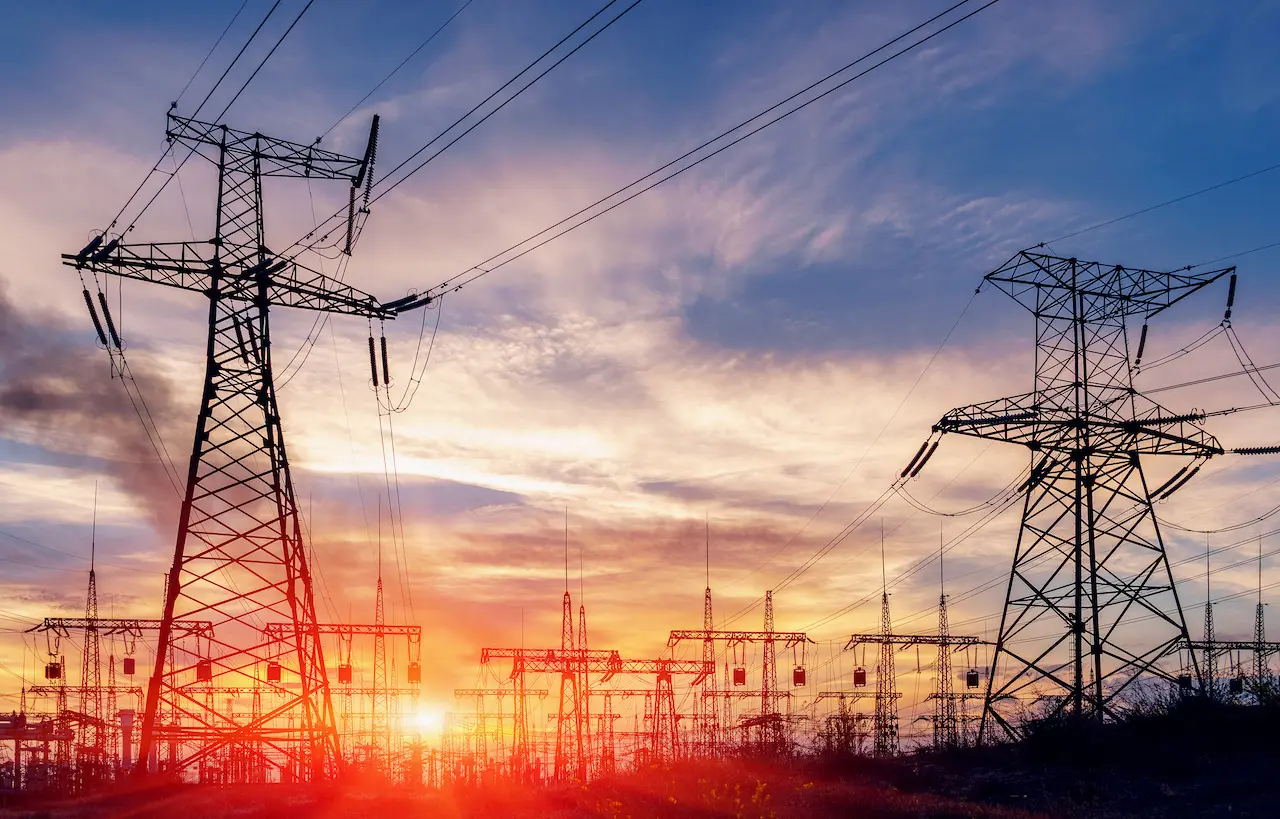You’ve probably heard about power blackouts across parts of the U.S. in the hottest months of summer. Maybe you’ve even been affected by them yourself. When long-running droughts and intense temperatures have us reaching to crank up the air conditioning, the grid struggles to support demand. With extreme weather conditions and populations increasing each year, the need for a modernized grid is critical.
But there’s a significant hurdle to improving the grid: manufacturing more transformers.
What’s Going on in the Power Industry
Modernizing the grid and integrating renewable energy sources can help improve the resilience of the grid to withstand increasingly extreme weather conditions. However, progress is lagging due to a shortage of electrical distribution transformers in the U.S.
Currently, lead times for transformers are astronomical. In the last few years, lead times increased from a few weeks to more than a year. Delays in transformer production, in turn, have led to delays in critical infrastructure projects or the cancellation of those projects altogether.
And it’s not just lead times that have skyrocketed. Since the residential construction boom of 2020, transformer prices have quadrupled in some cases.
Delays and costs are struggling to recover from the combined stressors of pandemic shutdowns, supply chain disruptions, and labor and material shortages.
What’s Ahead for the Transformer Market
The average lifespan of a transformer is about 30 to 40 years. And with the average age of transformers in the U.S. being 30 years old, a significant portion will need fixes or upgrades in the near future.
Without improvements to transformer lead times and prices, manufacturers and consumers can expect more shortages and restrictions on new construction projects due to the inability to deliver electricity in a timely manner.
A proposed new standard for transformers could complicate matters further. The proposed standards would require the use of amorphous steel for transformers. While amorphous steel would increase transformer efficiency, if this standard goes into effect in 2027, it could make matters worse in the short term by throwing more change into an already struggling supply chain.
How Three D Metals Can Help
Three D Metals offers a range of copper products for transformer applications, including coil, bar, pipe, rod, plate, and sheet. As a family-owned copper supplier, we bring exceptional customer service to every interaction to ensure you get what you need when you need it.
We also stock silver brazing welding wire for transformer use, including our own Williams Welding Wire. Welding wire is stocked at our Mansfield, Ohio warehouse, so you can be sure you’re getting quality wire shipped directly from us.
We’ve been keeping a close eye on the power generation and transformer industry at Three D Metals, and have a good understanding of where this market is headed over the next five years. We take pride in the strong relationships we’ve built with our vendors to supply our customers with the materials they need.
Stay informed about the latest metal industry trends by subscribing to our newsletter.


